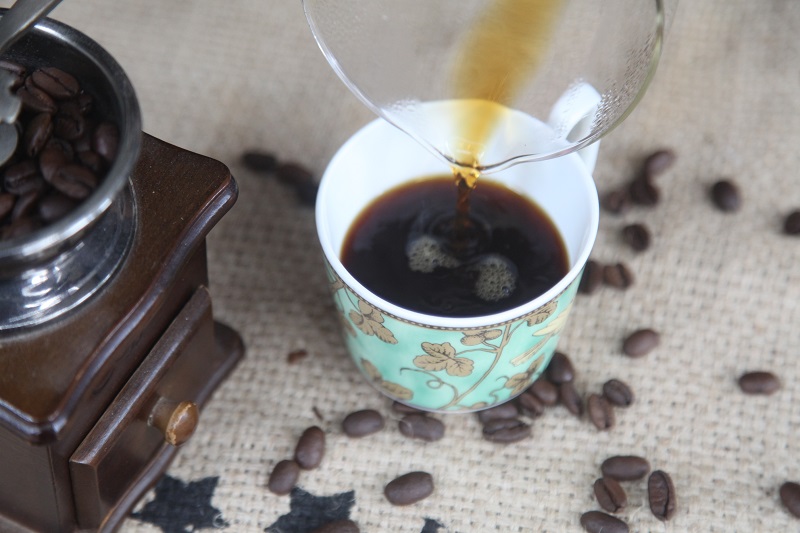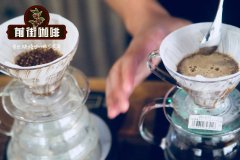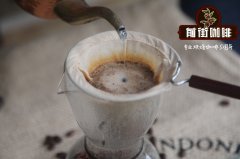Burundian Coffee Micro-producing area Shembati Chambatti Water washing Plant Story Information Cayanza producing area

Professional coffee knowledge exchange more coffee bean information please follow the coffee workshop (Wechat official account cafe_style)
Shembati, Chambati Water washing Plant, Burundi
Salum Ramadhan in Burundi already has two washing plants, one is Buziraguhindwa, the other is Mbirizi, the former was built in 2008 and the latter in 2015, both of which are located in Kayanza
Two washing plants collect cherries from nearby farmers to distinguish different batches of cherries from nearby farmers, including Nyabihanga, Nkonge, Sehe, Mudusi, and Shembati.
In 2016, Salum built two new washing plants in the above-mentioned micro-production areas of Sehe and Elybati. In fact, no matter Sehe or Chamberty, farmers in these areas have already sent coffee cherries to the original never retreat or Mobirez treatment, but in the past two years the government issued new regulations that stricter restrictions on farmers' cherries must be handled by local micro-production areas. In order to maintain the supply of cherries to farmers, Salum invested in building new washing plants in Sehe and Chamberty.
For most coffee farmers near the water washing plant, only a few trees can harvest fresh fruit. all the coffee is collected and sent to the two washing plants for processing, and micro-batches are divided according to the location and date of the cherry collection. In addition to his spirit of Excelsior, another reason why Salum's coffee tastes so good is beans. When most of the world's producing areas are swept by improved varieties, Burundi still retains excellent ancient bourbon.
The altitude of the washing plant is very high, the temperature is low, and it is easier to control the fermentation time. Traditional Burundi adopts two-stage fermentation, dry and wet, which is very time-consuming and requires a lot of water resources. Salum changed this practice, 12 hours of dry fermentation, then graded into 3-4 grades in running ditches, and then soaked in clean water for 12-18 hours. In the drying stage, a "pre-drying" (Pre Drying) was carried out in the shade, mainly by manual screening of wet shell beans, and then put on an elevated bed to dry in the sun. The drying period usually takes 15-20 days, depending on the weather.
Salum in the remote mountain areas of Cajanza, from scratch, not only spent a lot of energy to build a washing plant, so that nearby farmers can send cherry fresh fruit processing, at the same time improved logistics transportation, transfer of farming knowledge and treatment methods, greatly improved the quality of Burundian coffee. He paid a high fee to the farmers who brought the coffee, making them more willing to harvest ripe fruit and sift it carefully. Today, Burundi is no longer Amon, and Salum himself has become a legend in the boutique coffee industry.
Red bourbon washing in Cayanza Chambatti Water washing Plant, Burundi
Burundi Kayanza Shembati Red Bourbon washed
Country of production: Burundi Burundi
Producing area: Cayanza Kayanza
Washing plant: Chambati Shambati
Washing factory owner: Salume Ramadhan
Producer: small farmers near the washing plant
Altitude: 1800 m
Bean seed: native species bourbon Bourbon Heirloom
Treatment: washing washed
Harvest time: 2017
Important Notice :
前街咖啡 FrontStreet Coffee has moved to new addredd:
FrontStreet Coffee Address: 315,Donghua East Road,GuangZhou
Tel:020 38364473
- Prev

The story of the "never retreat" Buziraguhindwa washing factory in Kayanza Cayanza, Burundi.
Professional coffee knowledge exchange more coffee bean information please follow the coffee workshop (Wechat official account cafe_style) Burundi is a landlocked country, located in the East African Rift Valley, the terrain is complex, the east bank of Lake Tanganyika (Lake Tanganyika) suddenly towering steep ridge is Africa's two major rivers: the Nile River system and the Congo River system, located in Africa
- Next

Burundi Coffee Story Long Range Coffee Program Nkonge Hill Nikongiyama Processing Plant Information
Professional coffee knowledge exchange More coffee bean information Please pay attention to coffee workshop (Weixin Official Accounts cafe_style) Burundi is located in the east of Africa. It is a small landlocked country without sea. The land area of the whole country is only 28,000 square kilometers, but the people whose main income is agriculture are as high as 90%, of which coffee accounts for 80% of agriculture. The coffee industry is here, no bragging.
Related
- Detailed explanation of Jadeite planting Land in Panamanian Jadeite Manor introduction to the grading system of Jadeite competitive bidding, Red bid, Green bid and Rose Summer
- Story of Coffee planting in Brenka region of Costa Rica Stonehenge Manor anaerobic heavy honey treatment of flavor mouth
- What's on the barrel of Blue Mountain Coffee beans?
- Can American coffee also pull flowers? How to use hot American style to pull out a good-looking pattern?
- Can you make a cold extract with coffee beans? What is the right proportion for cold-extracted coffee formula?
- Indonesian PWN Gold Mandrine Coffee Origin Features Flavor How to Chong? Mandolin coffee is American.
- A brief introduction to the flavor characteristics of Brazilian yellow bourbon coffee beans
- What is the effect of different water quality on the flavor of cold-extracted coffee? What kind of water is best for brewing coffee?
- Why do you think of Rose Summer whenever you mention Panamanian coffee?
- Introduction to the characteristics of authentic blue mountain coffee bean producing areas? What is the CIB Coffee Authority in Jamaica?

